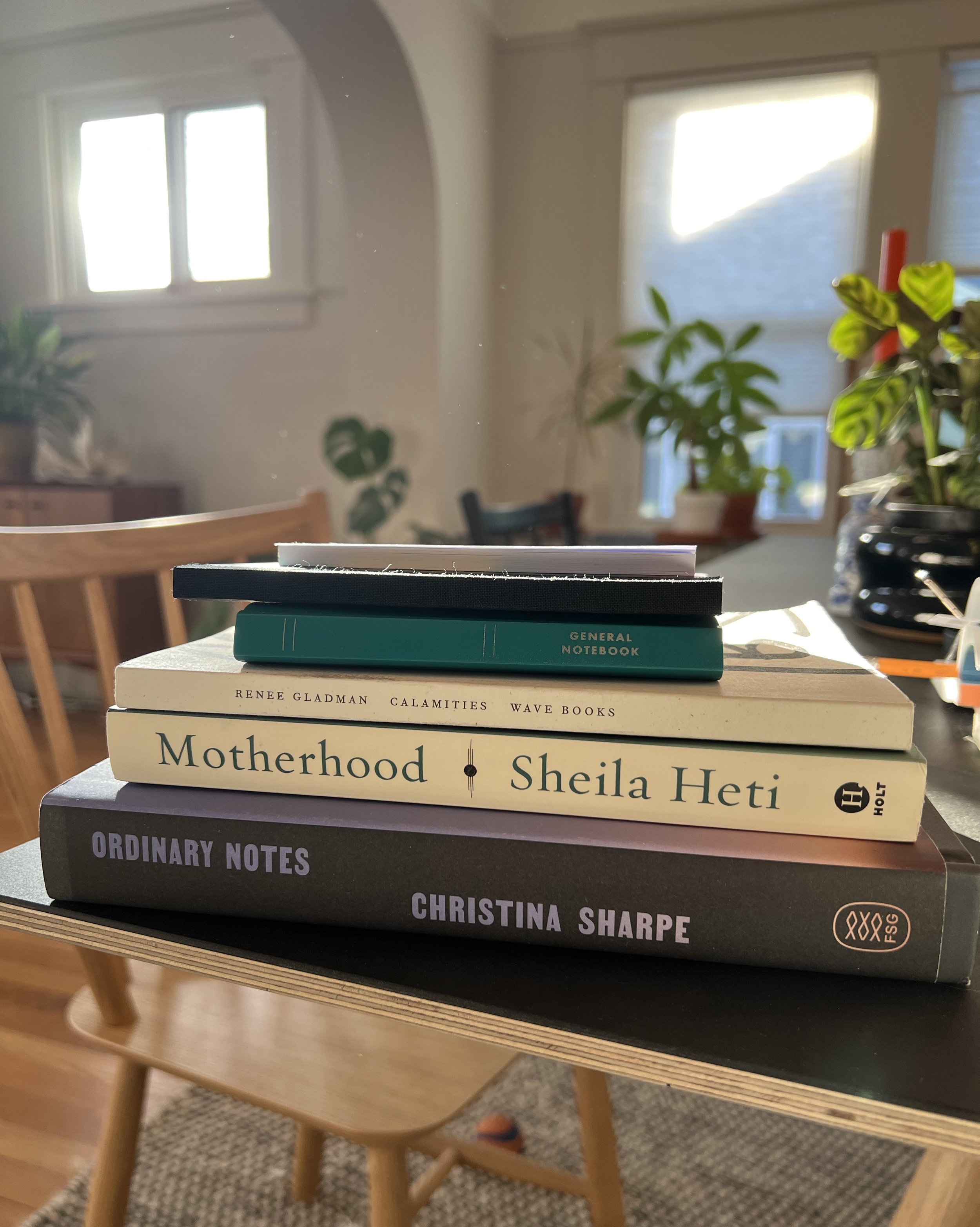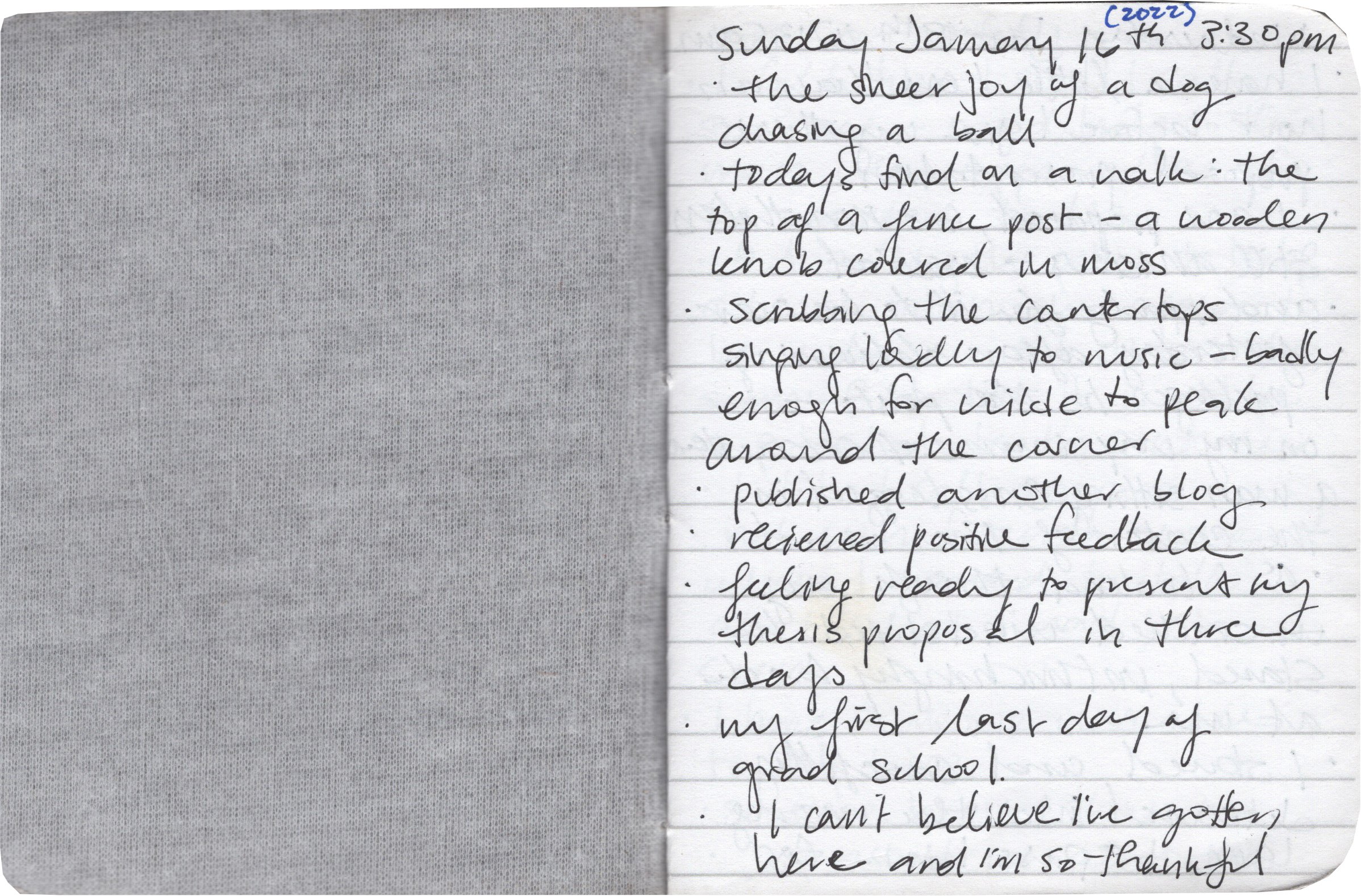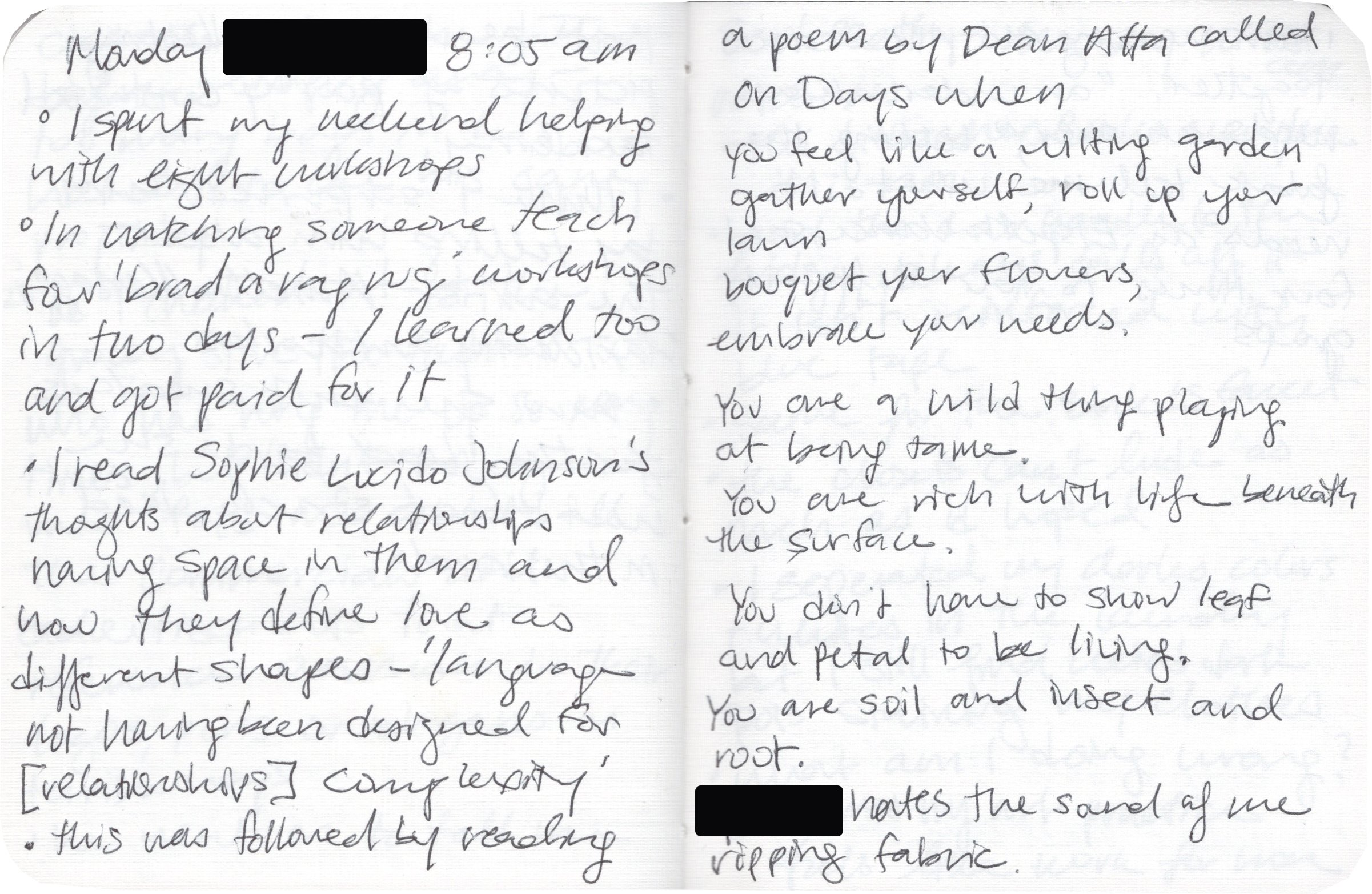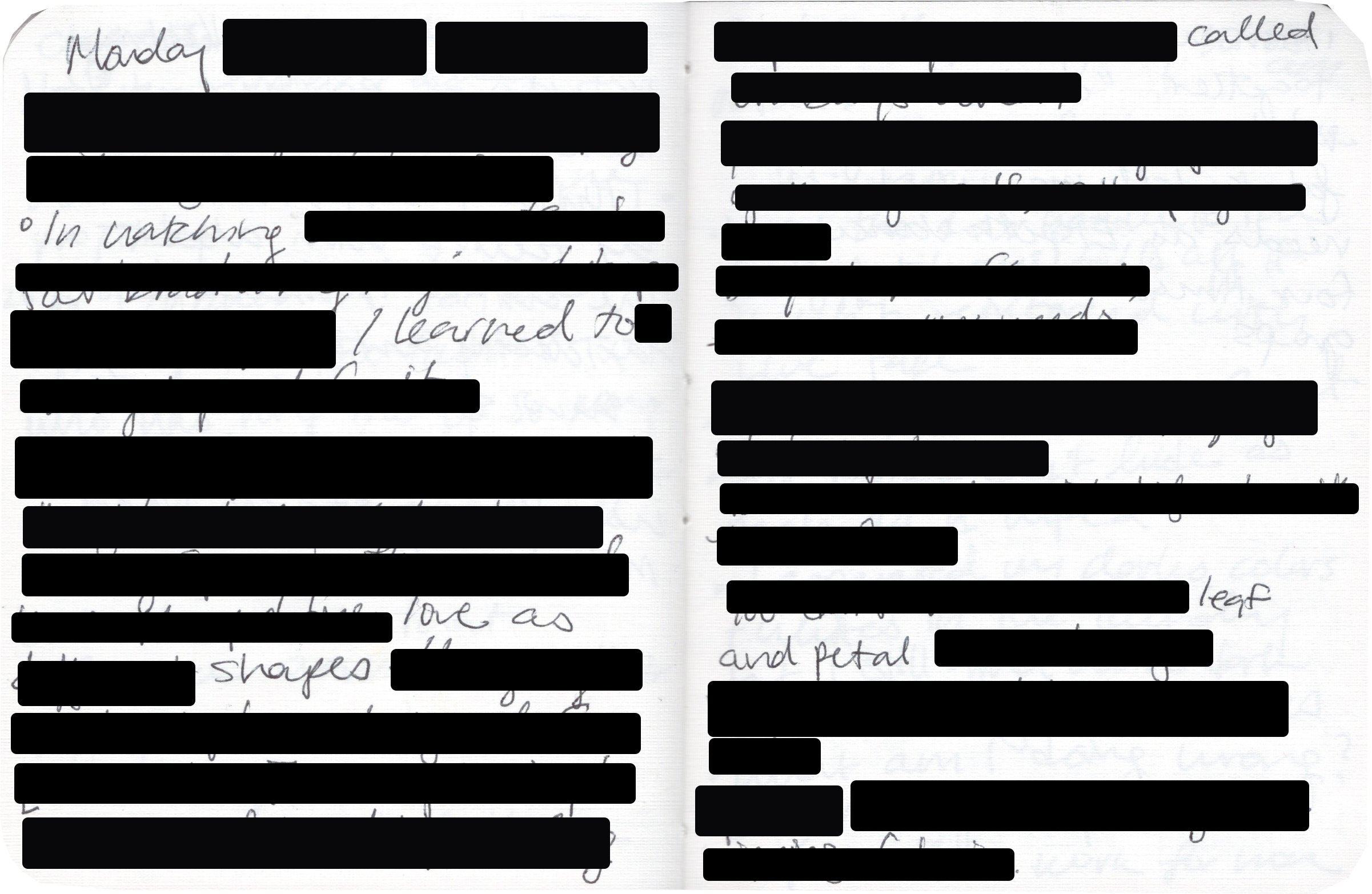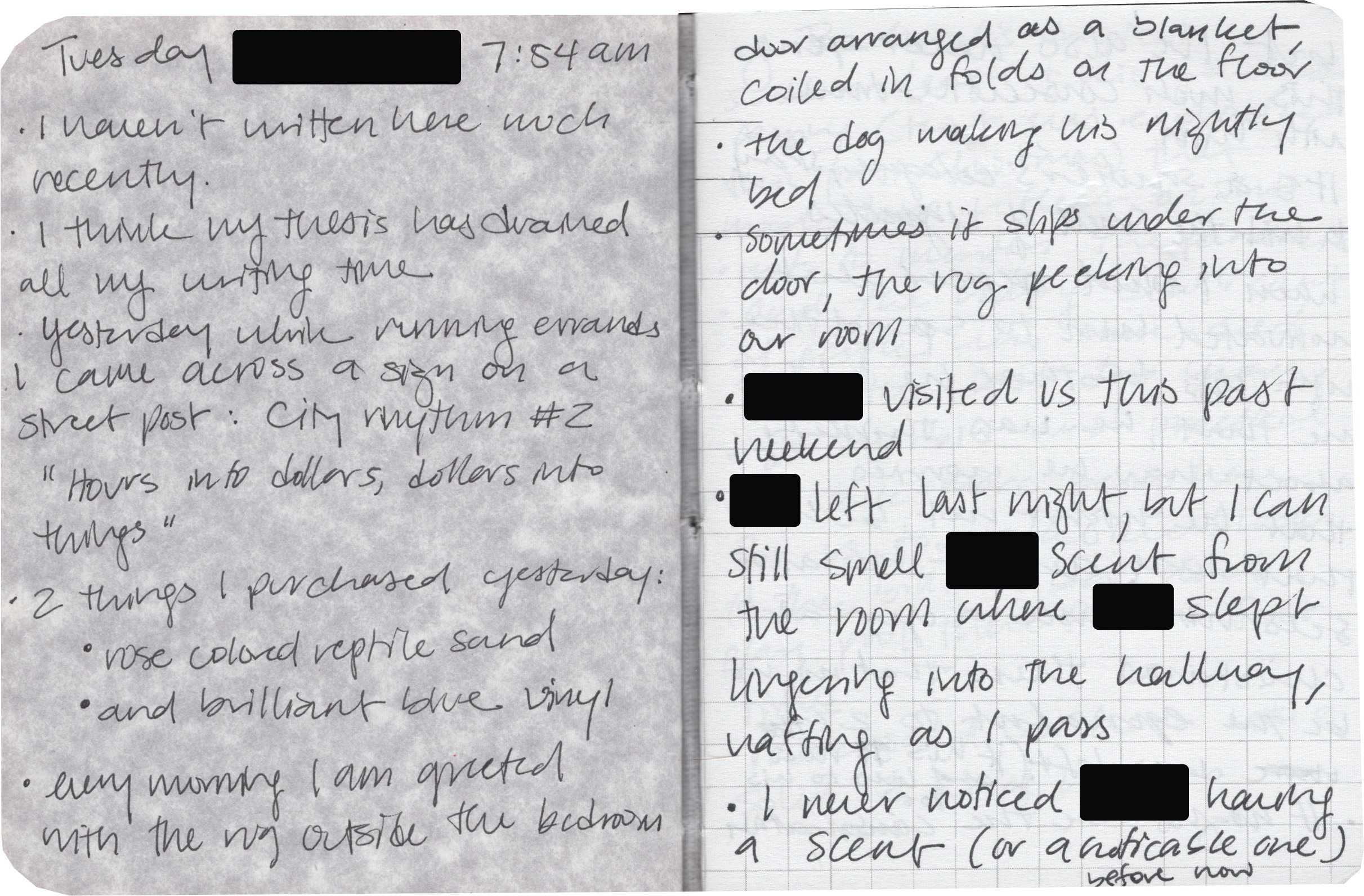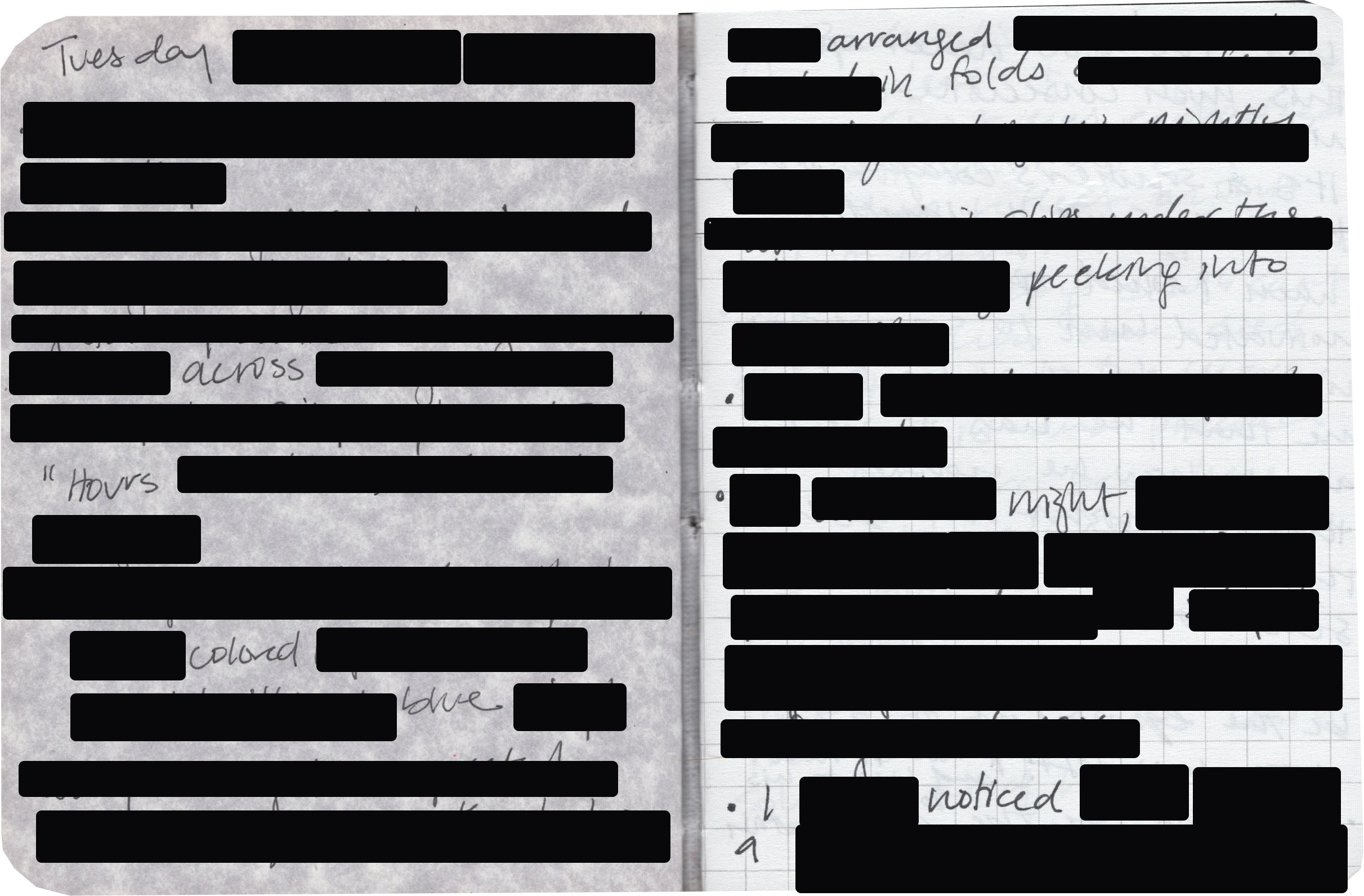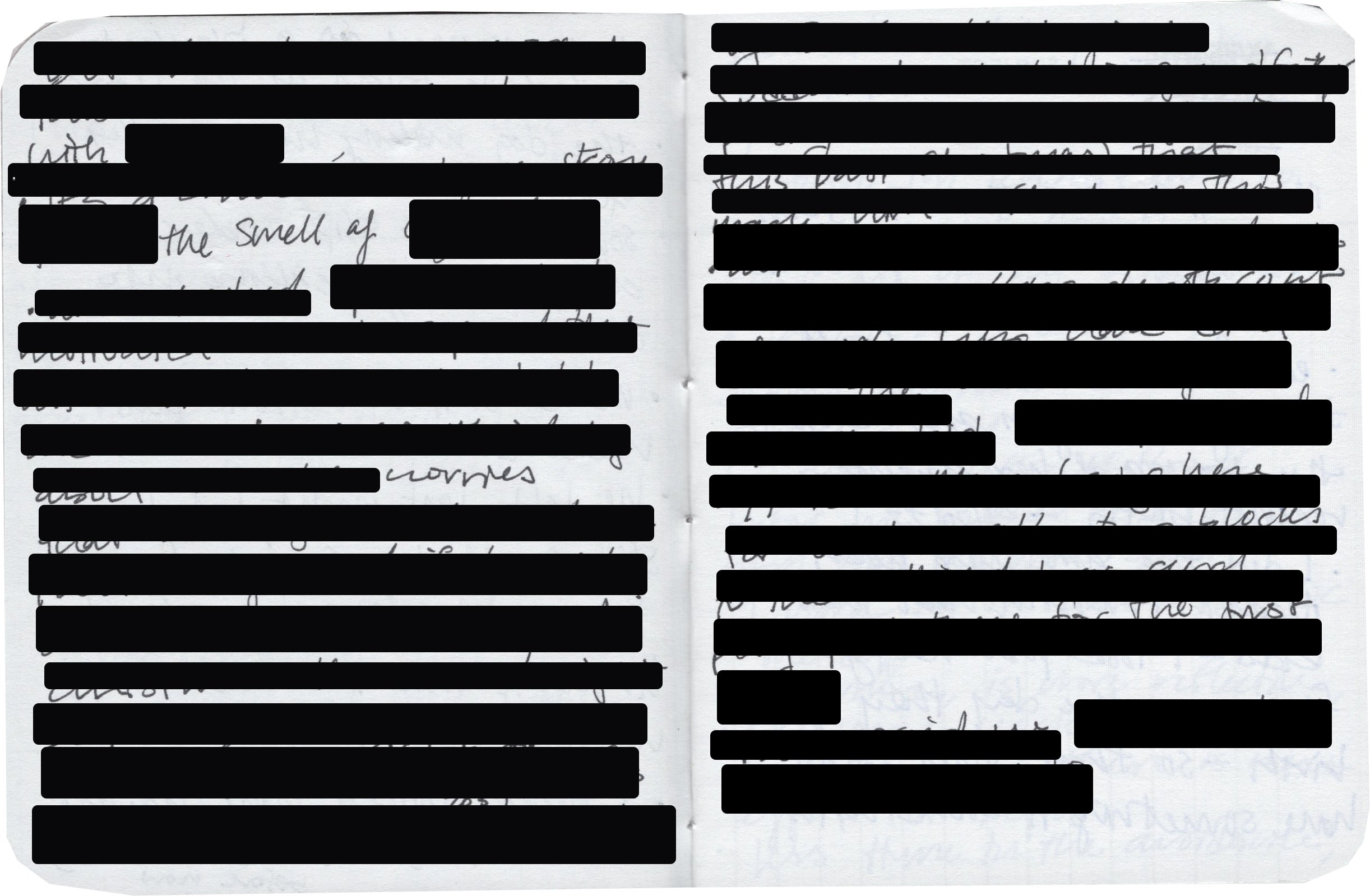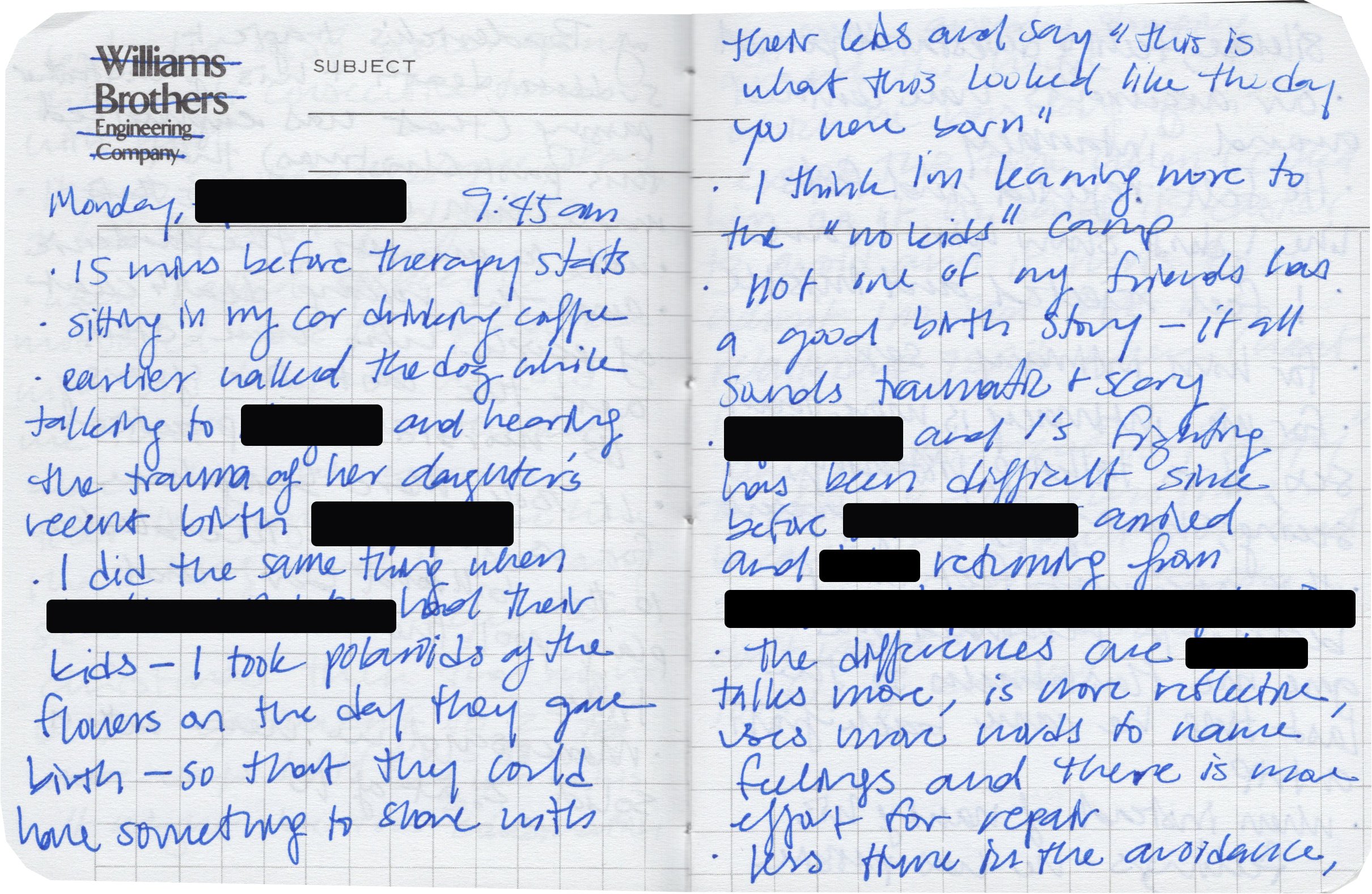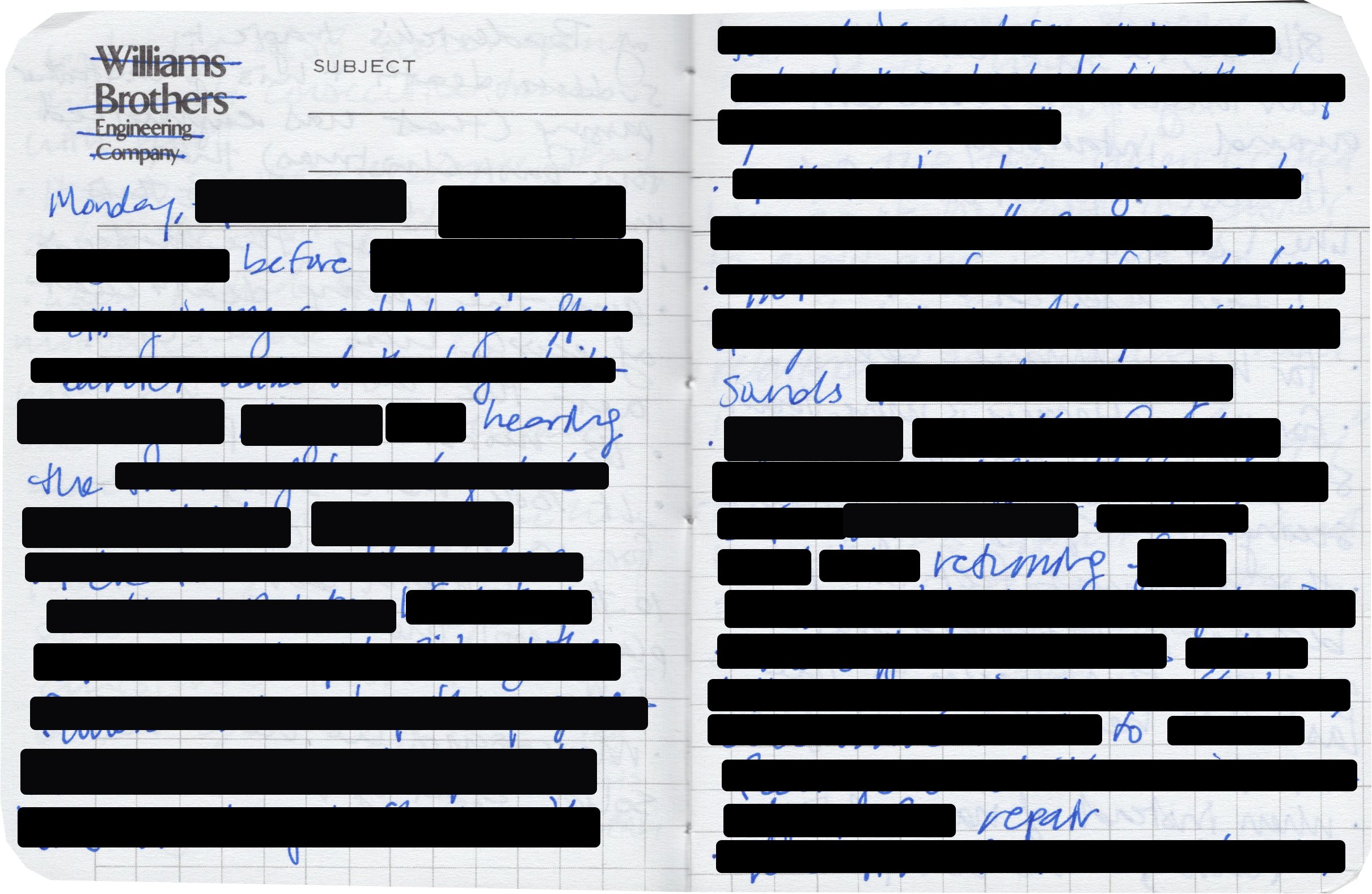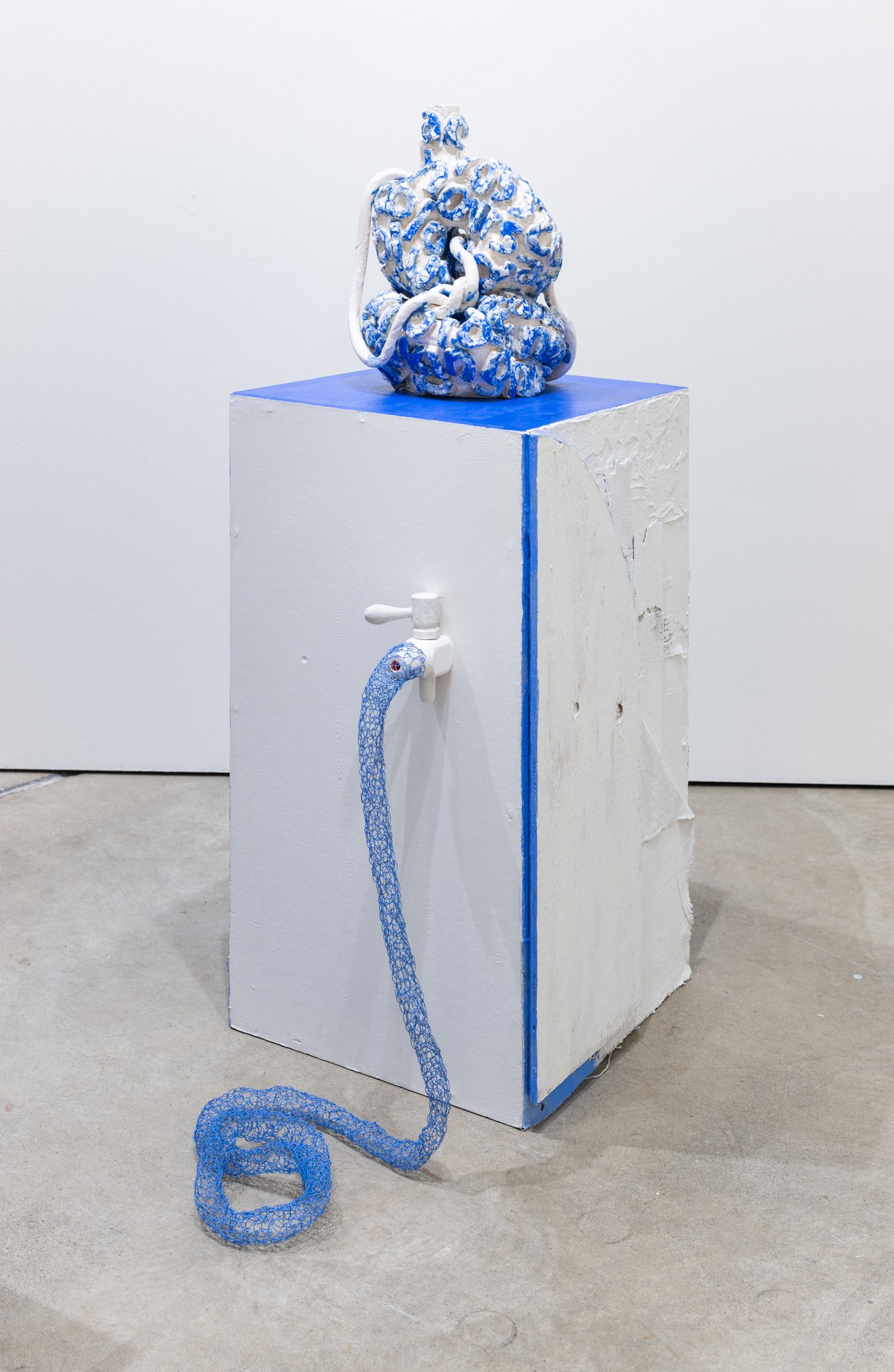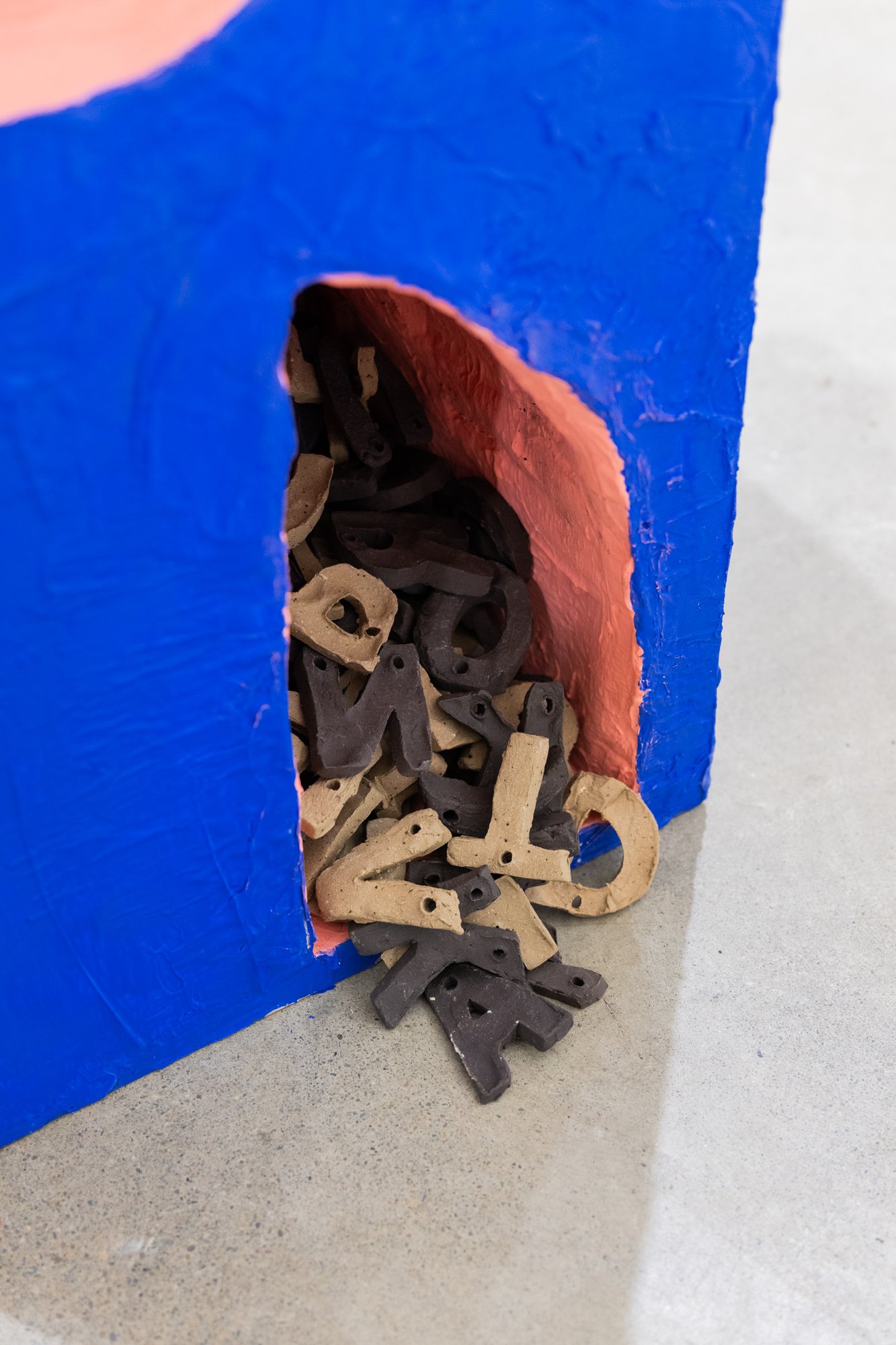Christina Sharpe wrote the words: these ordinary notes multiply.
In a series of 248 notes, which could also be calculated as 261 notes if you were to count her selection of self titled beauty-everyday photographs as each holding a note of their own. She describes her photography as a collection of “flowers, trees, the light, clouds, the sky, moss, water, many things, in order to try to insist beauty into [her] head and into the world.” These notes as photographs appear as the ending, concluding the section: viii. to notice or observe with care.
A pile of books read and notes taken while snowed in over the weekend.
Sharpe’s collection of words and photographs, a body of observations with care, form the book, Ordinary Notes, published last year in April 2023.
In an interview with Jenna Wortham for The New York Times Magazine article, “The Woman Shaping a Generation of Black Thought,” Sharpe asks “how do we find the words and grammars we can live in?”
A screenshot from the tab I’ve kept open, so I don’t lose access by hitting my limited free reading quota. (A note about pay walls).
Sharpe is poignantly talking, writing, and living an accumulation of notes that shape Black life and ways of Black being. And as a white woman it is important that I take notes.
I find her notes, vital, historical— gut punching and painful. They are persevering notes mixed with joy, nostalgia, and celebration. Heart warming notes on love and the hands that hold them. Here, collecting, recording, listing, and photographing take alternating forms of care, grief, and loss, but make visible beauty as a method.
“I’ve been thinking about what beauty as a method might mean or do: what it might break open, rupture, make possible and impossible”
Note 51, page 79
Last weekend and continuing into this week, a beautiful blanket of snow, but mostly sinister ice covered up the city of Portland (OR). Powerful gusts of wind knocked down trees and power lines; rendering it impossible, rather dangerous and irresponsible to keep the gallery and my two-person exhibition with Renee Couture open for business as usual.
Installation view of Covered Up in Dailiness, featuring Elizabeth Arzani and Renee Couture, January 2024, documentation by Marcio Gallucci Studios
The irony of a show with a title, Covered Up in Dailiness, also becoming obscured and covered up by something as daily as weather in the winter was not lost on me.
Covered up in snow, Saturday, January 13th 2024
Instead of gallery sitting, I spent the weekend under blankets, returning to Renee Gladman’s book, Calamities. Where I began each of her essays with her repeated phrase, I began the day with.
I begin (most) of my days with writing in the form of a list of connected or disparate thoughts—quickly scribbled into somewhat legible notes.
“I began the day having given myself the task of compiling a list. I wanted to see whether I could trace all the problems—large and small…rather I wanted to document the questions that led to writing.”
Calamities, page 5
It was this time last year that I began each day of January focusing on (w)hole studies; researching relationships between text and clay—the project of an artist residency. As part of this study, I took a years worth of accumulated notes, and curiously reviewed what happens in a year that I deemed worthy of noting.
What didn’t I note?
I wondered, if it was possible to read my notes in a new way? Would I be able to find anything hidden inside? Did my ordinary notes multiply?
Looking for holes, I began line by line, selecting words in the order in which they appeared on the page. Words revealed against their redacted sentences shape-shifted the past in the present, forming a collection of erasure poems.
Detail of Monday (to admit), Elizabeth Arzani, 2023, documentation by Mario Gallucci Studios
There is no one way to create an erasure poem. Erin Dorney presents: crossout, computer, cut out, covered up, retyped and visual as variations on form categorized in the blog post,“6 Styles of Erasure Poetry.”
Presented in my exhibition with Couture, I used screen printing, collage, and hand-built ceramics as methods to cross out, cut out, cover up, rewrite, reprint, remold and make visible the beauty of a line.
The morning the show opened, I spent some time covered up in my own observations.
January 6th 9:02 am, I noted:
pipes covering tree roots (memories of entanglement)
wire wrapped tubes covering absence (spray painted blue)
a tree stump also covered blue (found chopped and discarded at a neighbor’s curb)
letters covering shelves in small nooks and crannies, spilling out onto the floor (where do our words go when they are lost?)
branches turned upside down in the shelf (a stomach, an inside suspended, a limbo, reaching, wanting, yearning for touch—to take root)
Notes (continued):
flattened words covered in layers, repeated out of order (whispered underneath, softly, asking a memory to remember, to hold it dear)
three dimensional words covered in fragments, disintegrating, cracking, illegible (words that ask you to read by walking around them)
pedestals covered in domesticity, furniture holding a capsule of stories shelved (recycled souvenirs sentimental to former selves)
phrases repeated cover up time, reflect a time, diminish time, question time, talk to time (the time I cried while I blow dried my hair, looking in the mirror, I saw my tears evaporate from my cheeks)
grief circulating time and mincing words, slipping in and out of a room subtly, abruptly, loudly (and quietly)
color painted over texture covering the simultaneity of a day filled with multitudes
I noted Couture’s work after viewing it in person for the first time:
structures held together by single screws (is this motherhood?)
skeletal ladders, posts, boxes without walls, stairs without steps (interior outlines of a home holding a body )
a large body of small undulating, hypnotic, mesmerizing lines (mediations of clouds, the sea, the sky above and fields on fields on fields below)
moments of time (encapsulating thin paper, draped, exhausted, held on by t-pins)
the color of prescription pills (pale pinks, minty greens, sky blues)
faces obscured in embrace (heads on a pillow, legs in the bath or cheeks kissed)
collaboration of marks (the complexity of mother and daughter)
While I was still making the work for this exhibition, I was reading, Motherhood, by Sheila Heti. Grateful for a book about not knowing if you want to be a mom, written by a childless woman in her late 30s. This year I go from being a childless woman in my mid 30s to a woman in my late(r) 30s.
Heti begins her book with a note about how “flipping three coins is a technique used by people who consult the I Ching, a divination system that originated in China over three thousand years ago. Kings used it in times of war, and regular people used it to help them with life problems.”
Flipping three coins on a desk. Two or three heads—yes. Two or three tails—no.
Does it really matter how I’m feeling?
no
No, no I didn’t think so. So many feelings in a day…What’s a better thing to steer your life by? Your values?
yes
Your plans for the future?
no
Your artistic goals?
no
The things the people around you need—I mean, the things the people you love need?
yes
Security?
no
Adventure?
no
Whatever seems to confer soul, depth and development?
no
Whatever seems to bring happiness?
yes
Motherhood, page 11-12
Written on Wednesday, December 13th 7:57am:
Motherhood as a theme keeps resurfacing. Within twelve days of each other, two friends in their thirties, both living in a different country than me, gave birth. While here, in the same city as me, another friend in their thirties was diagnosed with cervical cancer and had a radical hysterectomy. I wrote these notes down the morning before I went to see her in the hospital, still questioning what brings me happiness.
I take pictures of the sky and color of leaves on the days when my friends give birth and I can’t be there. (Polaroids above are for Jil & Samuel)
Couture’s work pulls from the many (small, big) moments of motherhood, with its romantic imagery and contradicting reality. Where time is held together by bursts of flimsy starts and abrupt stops.
Days swallowed whole, filled with lines that have neither a beginning nor an end—leaving only a brief space in-between, a hole to pause and hear the sound of a deep breath: inhale, exhale. Repeat.
Installation view, Covered Up in Dailiness, Elizabeth Arzani and Renee Couture, Carnation Contemporary, January 2024, documentation by Mario Gallucci Studios
Motherhood or not, both our repetitive routines and patterns comment on our respective everyday, noting the complexity of loving and wanting to be loved in return.
And while the gallery remained closed, I finished all three books.
Noted & underlined:
time we are seeing
the soul of time
so many feelings in a day
the cause of the stars in the sky
a secret I keep from myself
keen to kill an afternoon
lay your hands on reality
worries over paths not taken
a loose ends feeling
hiding in your voice
catching a breath
not there
nooks and crannies of the soul
there is never an end to holding
the pain that opens the door
(Heti)
//
an empty flaming room
two words at a time
closed quotes
i opened the quotes again
map a problem of space
can you translate problems into lines
something without edges
a picture-feeling
to think in paragraphs with a single sentence
the shadows said so
writing that also drew
un-alphabetic
endmatter
(Gladman)
///
held by a note
note to take hold
i felt i knew it
wounding work
listen to what i did not say
this telling
try daily
the space of weeks
hidden in air
a different note
gesture: a bodily grammer
not not sadness
dear, dearer still
time and untimes
(Sharpe)
Weather permitting, the gallery will be open the last two weekends of January and by appointment. We will also be giving an artist talk, moderated by Jay Ponteri on Saturday, Janaury 27th at 1pm. Please join us for this in person, free event.
And thanks to Alan Viramontes, if you missed the artist talk, you can watch the recording below.
This exhibition was supporting by a Career Opportunity Grant from the Oregon Arts Commission and Ford Family Foundation.

